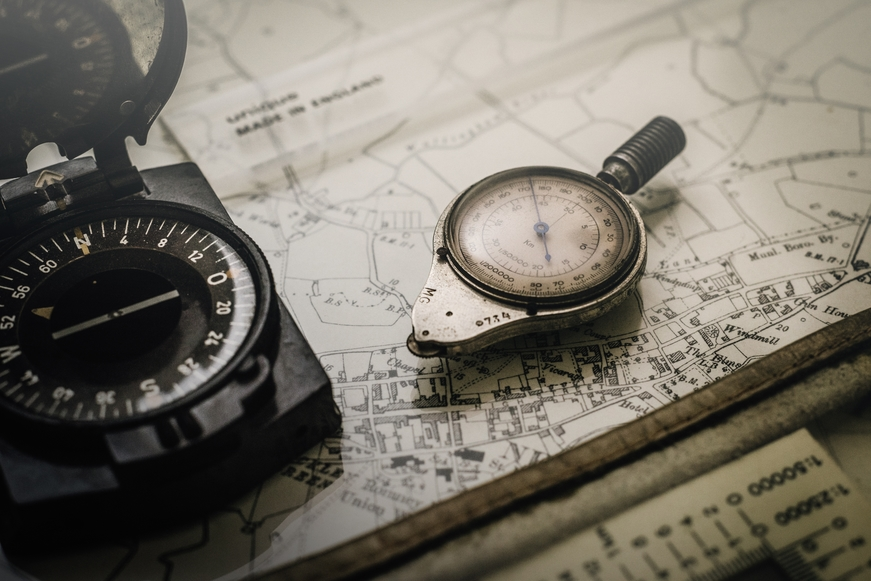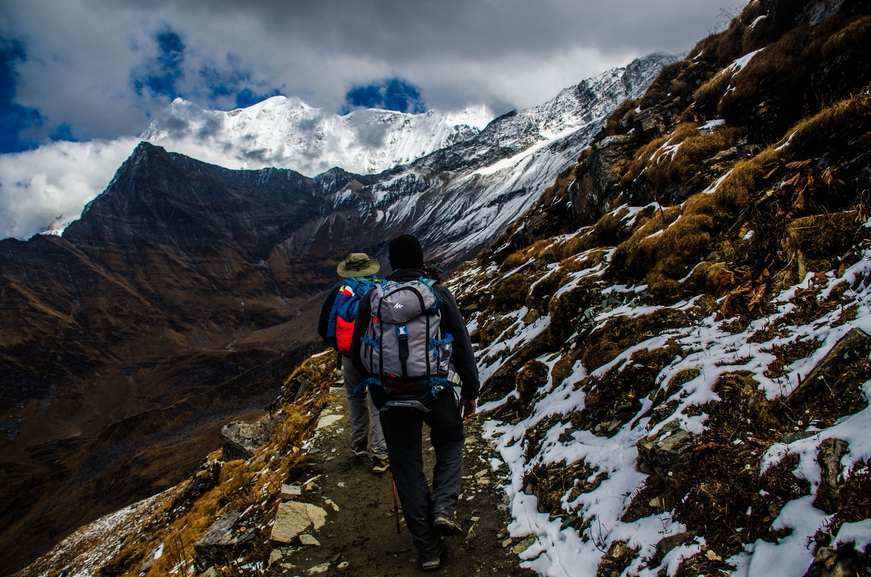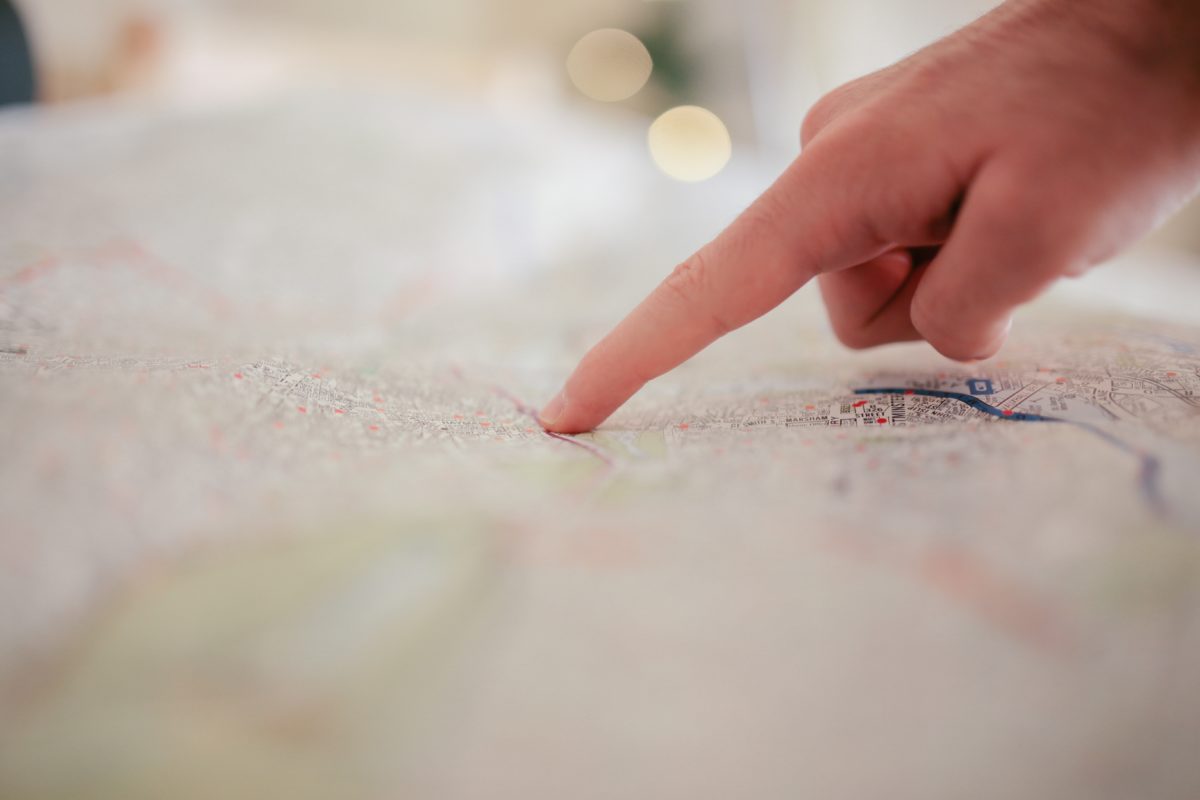10 Reasons Why Maps Are Important!
The walls at the Map Shop have heard that question too many times to count and we’re here to tell you that maps do matter…and we have ten reasons why!
Kofi Annan once said “Knowledge is power. Information is liberating” He may have been referring to maps because for thousands of years maps have provided humans with the knowledge they need to make decisions.

Maps first appeared on cave walls, mammoth tusks, and clay tablets then explorers drew maps on paper as we began to understand the shape of our world. Today we use advanced Geographic Information Systems (GIS) that combine complex math and visualizations allows us to plan, understand, and connect us to what matters. How do maps do all these things? Read on and find out…
10
MAPS GIVE INSPIRATION
Maps inspire you to think outside your own world, to expand your horizons, and take a look at the places you want to go to.
The world is a big place and even just acknowledging there are huge amounts of space in the world that you know nothing about can expand your mind. Yearning to understand our massive world will inspire one to learn and explore. It doesn’t matter if you travel out of your state or halfway across the world, a fresh outlook on the enormity of the world and a glimpse of a different culture beyond your own makes you a better human.

9
MAPS GIVE STORIES CONTEXT
Maps are tools that can distill thousands of data points into an easy to comprehend functional picture. Maps are visual snapshots of a particular place and time that allows their viewer to more fully understand the subject matter the map describes. Maps are orienting machines.
They provide perspective, allow us to step outside our limited point of view and understand things at a different scale. Maps are a great way to provide context to a place, a time, and to a narrative.
8
MAPS MAKE YOU HAPPY
Going on a trip can be a thrilling adventure but planning can also be an exciting part of your journey.
According to the 2010 study published by the Applied Research Quality Life, it’s the planning and anticipation of the trip, not the actual trip, that makes travellers the happiest. This is why maps are often used as gifts to announce a trip even in the distant future.
So grab a map, plan a trip, and be happy!

7
MAPS CONNECT YOU TO YOUR MEMORIES
A map isn’t just a picture of a place, it’s a connection to the memories you have in that place.
Maps inspire you to think outside your world, to expand your horizons, and to take a look at the places you have been and the places you want to go to.
When one reads a place on a map that they’ve visited, they can’t help but conjure up memories of that place. Maps are a treasure trove of memories and stories of the places where you’ve spent time.
Look at a map with someone else and it won’t take long for you both to start pointing to different spots and sharing stories of that place. Maps are the perfect conversation starter.
6
A BLUEPRINT OF HISTORY
Maps give you a glimpse into how people understood their world at the time the map was created.
Take a look at an old map. Of course, old maps show you the differences of what was there then and what is there now but the map also shows you how the mapmakers understood their world
Are parts of the world missing because they didn’t know they existed? Are there inaccuracies because of incorrect assumptions? The cartographer and reason for the development of the maps can completely change how a map looks.
Maps are a time capsule that explains much more beyond the depiction of geography.

5
SAFETY IN DETACHMENT
There have been multiple cases that deal with accidents related to GPS. A Cornell University study looked at GPS’s effect on drivers and concluded that GPS users “attend to objects in the paths they take toward their destination” but researchers also “found evidence for loss of environmental engagement…the process of interpreting the world, adding value to it, and turning space into place is reduced to a certain extent and drivers remain detached from the indifferent environments that surround them.”
Their conclusion: “GPS eliminated much of the need to pay attention.”
This applies to other aspects of our lives as well. The more we pay attention to the device, the less we pay attention to our surroundings. Maps, on the other hand, ground you to your surroundings. In this world, maps are the hero of the story and GPS will always be the sidekick.
4
MAPS CAN SAVE YOUR LIFE
According to The National Park Service (NPS), there are more than 300 million people visiting national parks, forests, and wilderness areas every year. Spoiler alert, cell signals don’t extend to all these areas and maps may be the only reference you’ll have in an emergency.
If there’s flooding near you, you’ll need to know how to get to the closest high elevation. If an injury happens, you’ll need to get to the nearest high traffic area for help. If a bear cuts off your path, you’ll need to find an alternate….fast.
So don’t get caught out there holding your phone to the sky begging for a signal. A paper map may actually save your life.

3
LIFE SKILLS ACQUIRED
Maps support spatial thinking by helping children visualize where objects, places, cities, and countries are in relation to one another.
Spatial thinking has been linked to greater success in math and science. Children who develop robust spatial thinking skills will be at an advantage in our global and technological society.
As we start shaping their education and preparing them for the future, map reading skills help children gain proficiency in the principles of geography. Oh, the places you’ll go with the help of a map!
2
MAPS ARE FUNCTIONAL
GPS can get you from point A to point B but it does a poor job with helping you visualize where you are in relation to everything else.
Most people know how GPS works. It finds your location and you tell it where you want to go. GPS is very good at getting you to that next location but it doesn’t tell you anything about the places that you’re passing along the way.
There’s a reason why cross-country trips aren’t planned on a phone. The best route isn’t always the fastest route and you can’t pick your best route without knowing your relationship to all the places around you.

1
SIMPLICITY
Maps take complex data sets and display them in a pleasing graphic you can use to answer questions about your world.
Imagine that you’re back in elementary school and you ask your teacher to show you how big the United States is compared to other countries. She nods her head, walks over to the spring roller, and pulls down a huge spreadsheet that lists each country and their areas. Huh?!?!
Maps are a visual representation of complicated data. Some may think maps are unnecessary and complicated tools, but in reality, maps simplify your life.
Finally, I want to make sure that readers understand that this is not an anti-technology argument. We love technology and advancements in cartography and location-based data continue to deepen our understanding of where we are.
This is, however, very much an argument that no matter how far technology advances, GPS will never replace maps because of the limitations we mentioned above. The robot voice may get you from A to B, but maps will get you much further.

